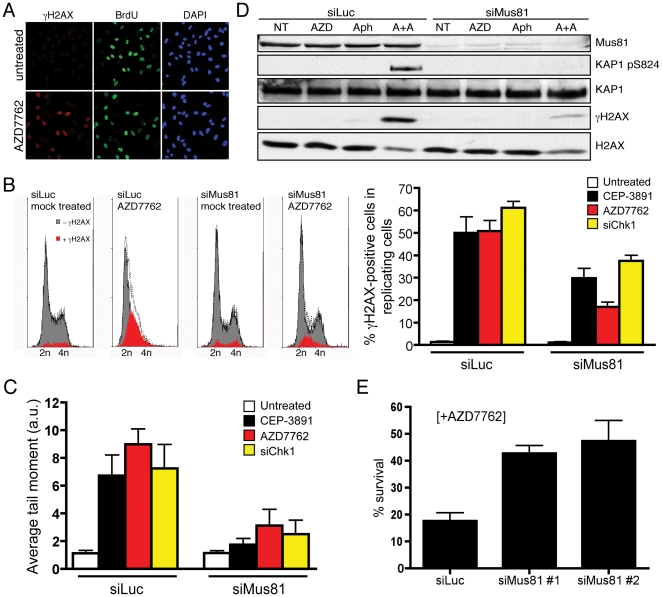Figure 3. MUS81 causes DNA double-strand breaks upon Chk1 inhibition that result in cell death.
A. AZD7762 treatment produces γH2AX in replicating cells. Cells were treated as in Fig. 1A and pulsed with 10 µM BrdU 10 min before fixation. B. MUS81 depletion results in reduced DNA-damage accumulation in S phase in Chk1-deficient cells. Samples were the same as in Fig. 2D and Fig. S1. γH2AX-positive cells are plotted in red and in grey are the remaining cells after the γH2AX-positive cells were subtracted (dotted line) from the total cell-cycle profile (left panel). Quantification of γH2AX-positive cells was performed on BrdU-positive cells to minimize effects of MUS81 depletion on BrdU incorporation (right panel). Plots and quantifications were with FlowJo 9.0.2 software (Tree Star). Quantifications represent means of three independent experiments (± SEM). C. MUS81 depletion decreases DNA double-strand break formation in Chk1-deficient cells. Neutral comet assays were performed on cells transfected with siLuc or siMus81 #2 and then treated with 200 nM AZD7762 or 500 nM CEP-3891 for 5 h, or transfected with siChk1 as in Fig. 1D. Comet analyses were performed with the CometScore software (TriTek) and average tail moments were calculated by counting approximately 100 cells for each sample. Each bar represents the average of three independent experiments (± SEM). D. Replication forks are likely substrates for MUS81 when Chk1 is inhibited. Cells were transfected as in Fig. 2, and left untreated (NT) or treated with 50 nM AZD7762 (AZD), 2.5 µM aphidicolin (Aph), or a combination of both drugs (A+A) for 12 h. E. MUS81 depletion increases cell survival after AZD7762 treatment. Cells were transfected as in Fig. 1E and treated with 200 nM AZD7762 for 24 h. Cells were next washed and incubated in normal medium, and 12 days afterwards colonies were stained with crystal violet and counted. Each bar represents the mean of three independent experiments (± SEM).

